Introducing SmartCompress™ – ShortPixel’s Advanced Image Compression Technology
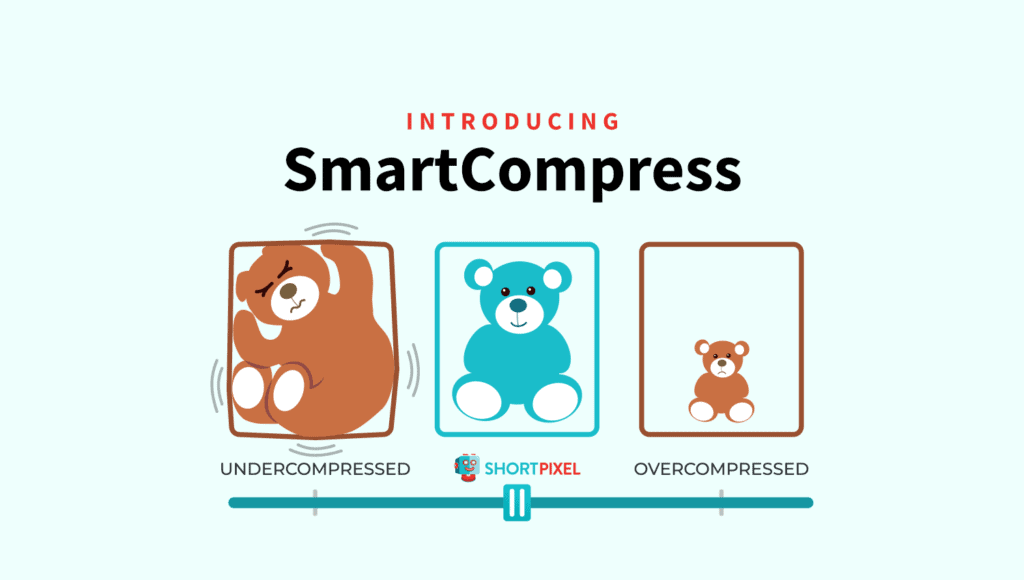
Understanding the delicate balance between image quality and file size shouldn’t be complicated.
In this post, we’ll dive into how image quality is determined, including techniques like the structural similarity index (SSIM).
We’ll also explore how ShortPixel’s SmartCompress™ technology uses advanced algorithms to reduce file sizes without sacrificing visual quality – often achieving results that are hard to detect with the human eye.
What is SmartCompress?
SmartCompress is a unique approach to image optimization that differs from other services on the market.
Rather than simply reducing image quality to a fixed percentage, as many other tools and services do, ShortPixel’s goal is to deliver images that look just as good as the original, but with the smallest possible file size.
To achieve this, ShortPixel uses SmartCompress to compress and optimize images, a technology based on advanced algorithms, including SSIM (structural similarity index).
SSIM is a quality assessment method that compares the structural similarity between the original image and the compressed image.
It provides a score that ranges from:
- 1 – representing identical pixel structure – to –
- 0 – representing low similarity and poor image quality.
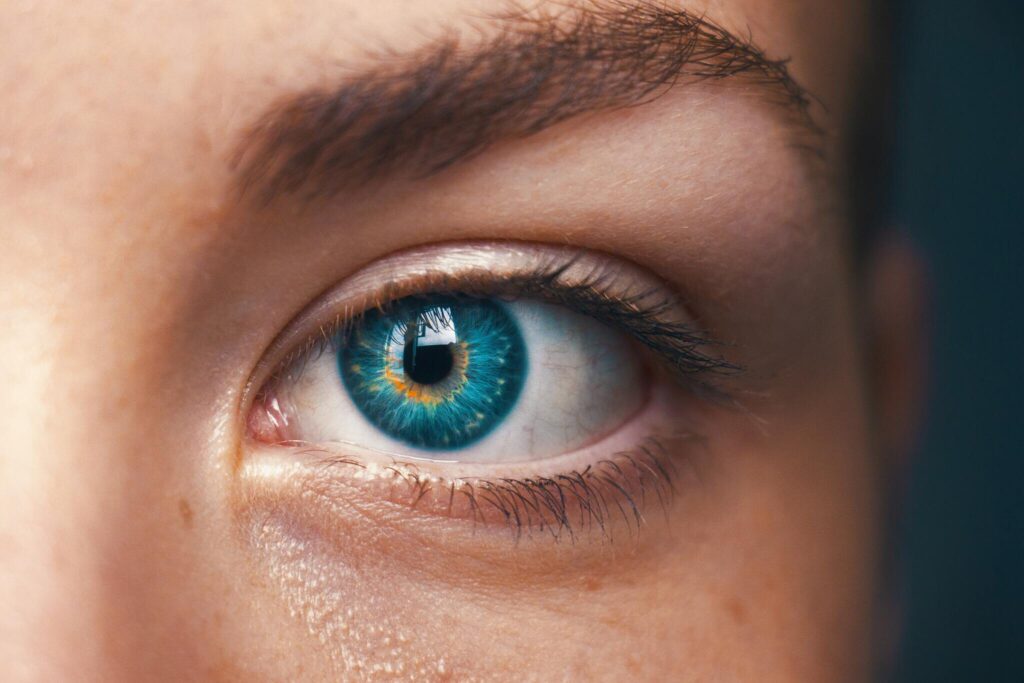
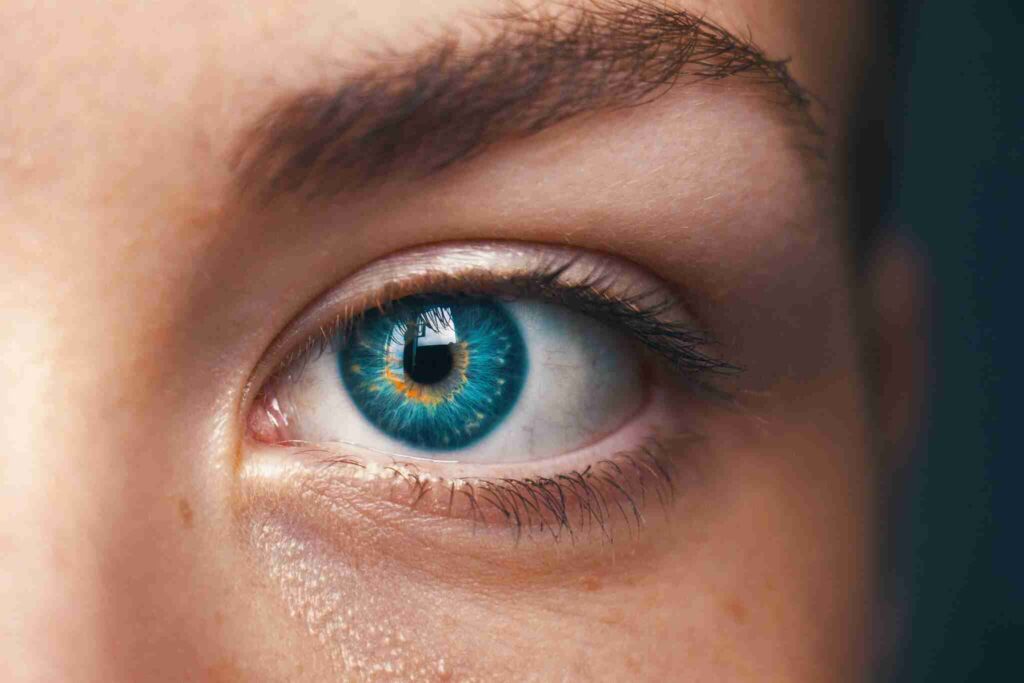
Example 1: High compression level = low visual quality
Above you’ll find the original image, while the same image is highly compressed underneath it.
The file size has been reduced by 81.31% from 273 KB to 51 KB, but the visual quality has been degraded.
The SSIM value of 0.8924 confirms the quality is not great.
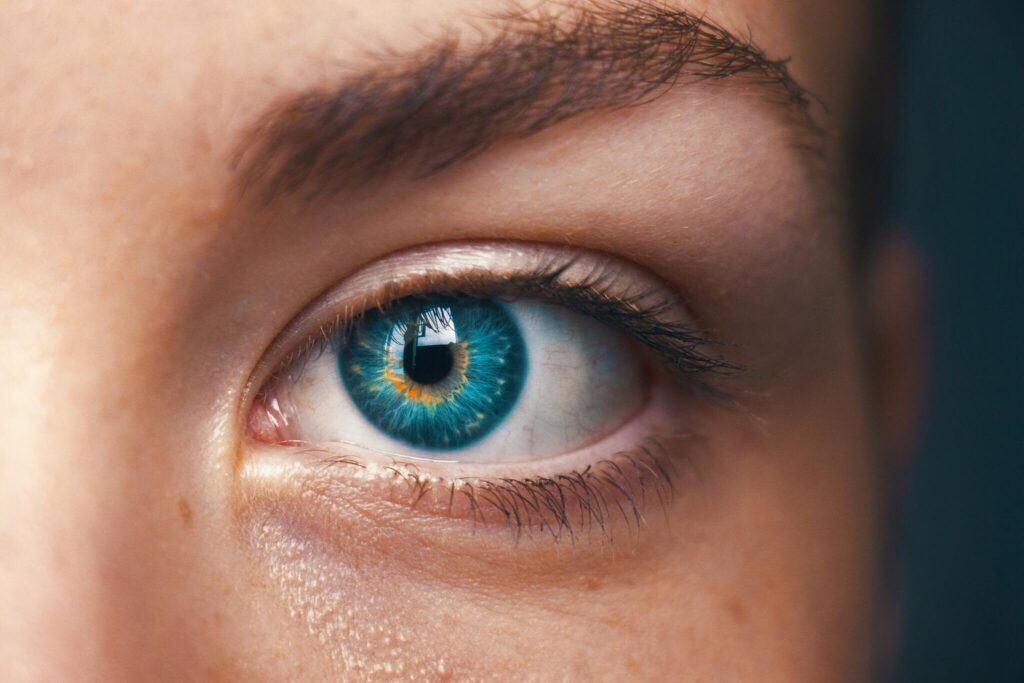
Example 2: Low compression level = high visual quality
When compressing images by lowering the quality factor to a certain value – a technique used by most image optimization services and plugins – it can be difficult to detect any changes in our test image.
However, the file size was reduced by only 10.21% to 245 KB.
The SSIM value for this compression level is 0.9907, which is very good, but we can get even better results in terms of file size.
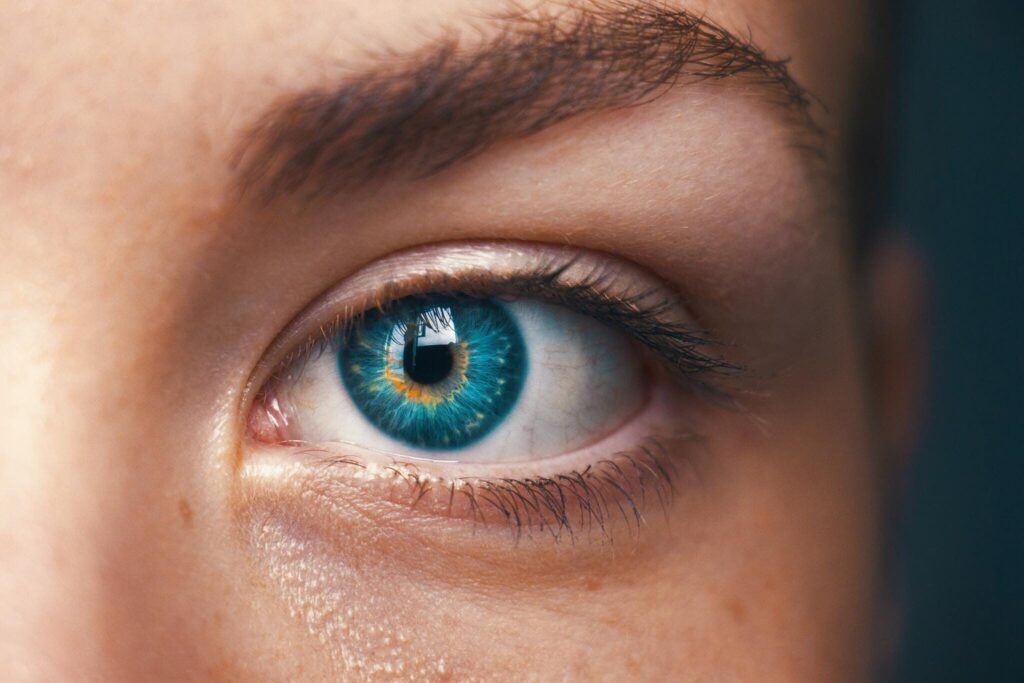
Example 3: SmartCompress = optimal visual quality
Using ShortPixel’s SmartCompress with the Glossy optimization level results in a better-compressed version of the picture, indistinguishable from the original to the naked eye, and reduces the file size by 26.73% to 200 KB.
The SSIM value of 0.9909 means that the quality of the image is almost identical to the original image, and the file size is smaller compared to the example above.
The picture optimized by ShortPixel isn’t only much smaller than the picture compressed with a quality factor of 82, but also has a better SSIM factor, which means that it also looks better!
One of the key advantages of SSIM is that it compares images at multiple weighted resolutions and performs scaling in linear-light RGB. This means that it’s sensitive to distortions of different sizes and blends colors correctly to detect errors such as chroma subsampling.
In addition, the algorithm uses the Lab* color space for SSIM calculation, allowing better measurement of brightness and color compared to metrics based on the average of RGB channels. Furthermore, supports alpha channels and images with color profiles, and also uses multi-core CPUs to ensure fast processing.
How does SmartCompress work?
As the images above illustrate, the file size of an image has a direct impact on its quality. To achieve the best results, it is important to find the perfect balance between file size and image quality.
By using SmartCompress, each image is automatically optimized multiple times until the perfect, smallest possible image is achieved. That means you don’t have to worry about under- or over-optimized images. You can rest assured that your images will look great and load quickly while keeping file size to a minimum.
Here you can see how ShortPixel’s SmartCompress compares to the optimization methods of other image compression tools and software:

As demonstrated, ShortPixel’s SmartCompress is the clear winner by significantly reducing the file size by 80.63%, from 1.10MB to 213KB without even using Lossy compression (the most aggressive level), maintaining high quality at a much smaller file size.
We challenge you!
If you can find another image optimization service that compresses images to a smaller size while maintaining better quality, let us know. We’ll reward you with free image optimization credits!
Conclusion
In short, SmartCompress is a powerful technology that helps you keep images looking great while reducing file sizes.
It’s an easy and effective way to improve the performance of your website without compromising on visual appeal.
Try SmartCompress!
Want to improve the performance and visual appeal of your website through advanced image compression and optimization? Give SmartCompress a try for free and see the results for yourself.





